The term of hypermetropia , first suggested by Kastner in 1755. The term hypermetropia means ‘ excess measure of the eye ‘. The term hyper means in excess met means measure and opia means eye .The Hypermetropia or long- sightedness or hyperopia is the refractive error of the eye wherein the parallel rays of light coming from infinity are focused behind the retina .
In hypermetropia rays coming from a point will be divergent than the rays of emmetropic eyes. So hypermetropia eyes create blurred image and a clear image is impossible .Clear image is only possible when converging power is increased that by means hypermetropia can be cured by a convex lens .
Symptoms
In hypermetropic patients symptoms vary depending the person age group but few symptoms are commonly seen . These can be grouped as bellows :
Asymptomatic :It is mainly occurs young patients those refractive error is less than +1D . It is usually corrected by mild effort of accommodation without producing any symptom so patient cannot his /her refractive error .
Asthenopic symptoms : It occurs [+1-(+2)]D hypermetropia is fully corrected by effort of accommodation and sustained asthenopic symptoms . These include :
Tiredness of eye
Watering the eye
Headache
Mild photophobia
These symptoms progress as day by day and are aggravated by prolonged use of near vision .
Blurred vision with Asthenopic symptoms : In amount of refractive error [+2to +4 ] D that cannot be corrected by the effort of accommodation but due to sustained accommodative efforts patients develops asthenopic symptoms , then the patient complains of defective vision more for near than distance associated with asthenopic symptoms .

Convergent squint : In high amount of hypermetropia cannot corrected by the effort of accommodation but young patients tried to effort of accommodation , occurs excess of convergence and muscle dissociation that produces covergent squint .
Early presbyopia : When amount the hypermetropia ( >4D) is more , the patients usually do not accommodate ( adults patients ) and occurs defective vision for near and distance .
Pseudomyopia : spasm of ciliary muscles induce pseudomyopia . Pseudomyopia can be detected by cyclopegic refraction .
Amblyopia ; Ambyopia by definition refers to partial reversible loss of vision in one or both eyes . It develop in some cases
- Strabismic amblyopia : Occurs In children with developing accommodative covergent squint .
- Anisometropic amblyopia :When the One eye having higher degree of refractive error than the other eye . It mainly occurs unilateral hypermetropia .
- Isoametropic amblyopia : It is bilateral hypermetropia ocuurs in children with bilateral uncorrected high refractive error .
Primary angle closure glaucoma : The eye in hypermetropes is small with a comparatively shallow anterior . Due to regular in the size of the lens with increasing age , these eyes become prone to angle closure diseases .
Diplopia : Diplopia refers to simultaneous perception of the two images of a single image . Diplopia may be uniocular or binocular .In hypermetropia binocular uncrossed diplopia may be seen
Uncrossed binocular diplopia : In uncrossed diplopia the false image is on the same side as deviation . It occurs in convergent squint as in lateral rectus paralysis.
IN HYPERMETROPIA IS NOT CORRECTED FOR A LONG TIME , THE FOLLOWING SYMPTOMS MAY OCCUR :
Stye
Blepharitis
Chalazian
Signs –
Small eye balls: The eyes are small or normal that occurs in microophthalmos and nanopthalmos .
Small Cornea : Cornea may be slightly smaller than the normal . There can be cornea plana
Length of eye ball : In hypermetropes the anteroposterior length of eye ball is very small.
Shallow anterior chamber : In hypermetropic eyes also seen shallow anterior chamber .
Fundus :
Optic disc : Optic disc which may look small and reddish in colour with ill- defined margins and even stimulate papillitis , there is no swelling of the disc so it is called pseudo papillitis .
Macula : Foveal reflects may be situated at greater distance from the optic disc margin .
General background : The retina as a whole may shine due to greater brilliance of light reflections . It is called shot silk retina .
Retina vessels : Retina vessel reflexes may be accentuated . The vessels may show undue tortuosity or abnormal branching.

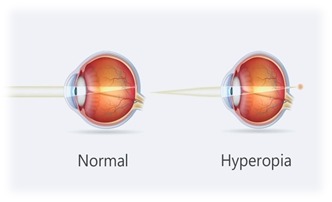
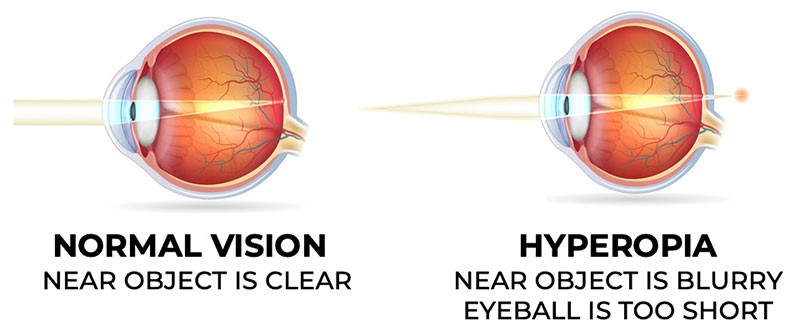

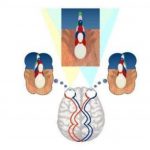
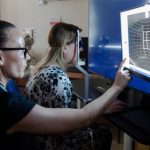
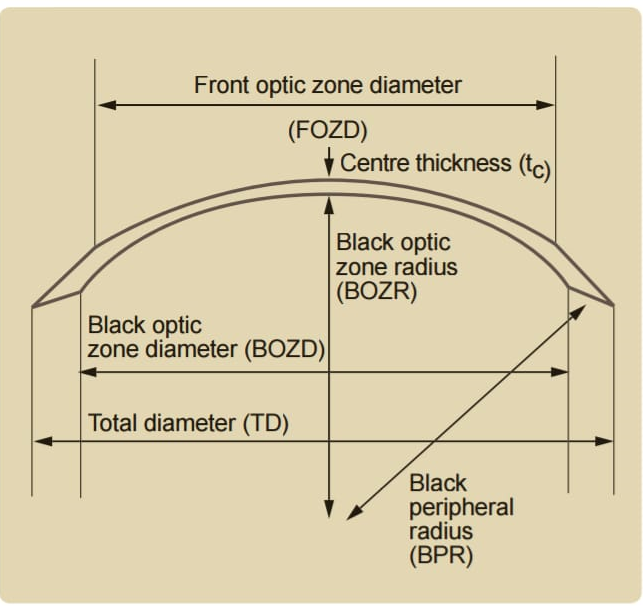
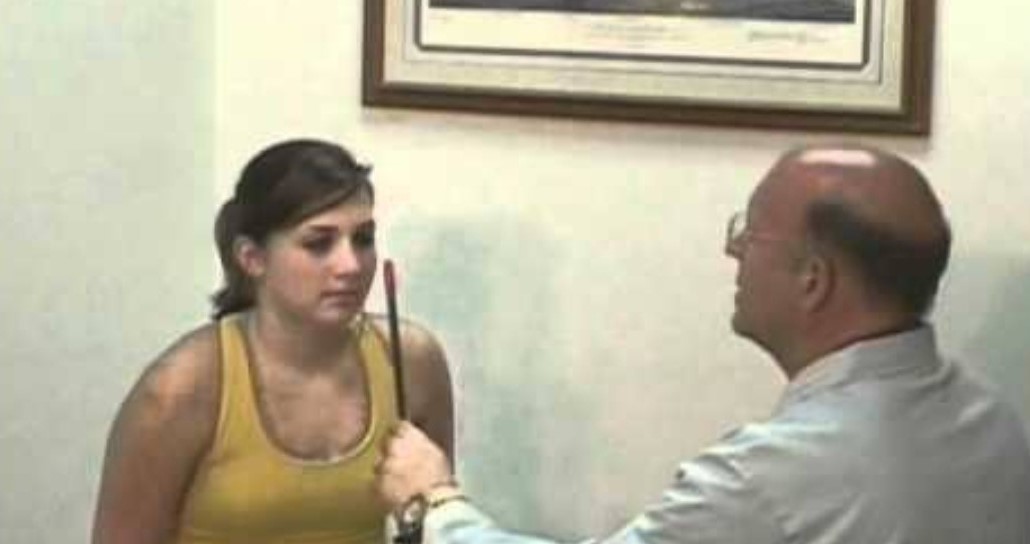
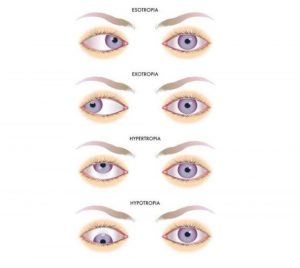
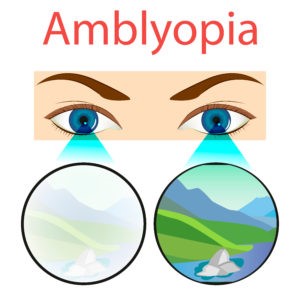
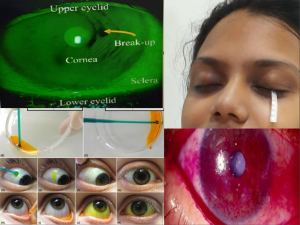
Thank you so much Ma’am for presenting such a informative blog.